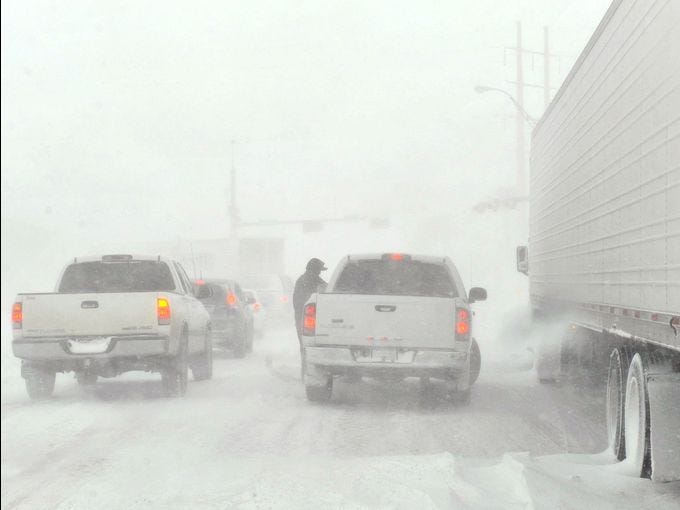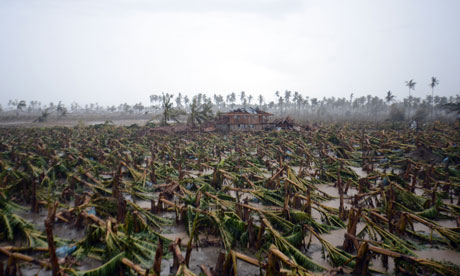When super-typhoon Bopha struck without warning before dawn, flattening the walls of their home, Maria Amparo Jenobiagon, her two daughters and her grandchildren ran for their lives.
The
storm on 4 December was the worst ever to hit the southern Philippines: torrential rain turned New Bataan's river into a raging flood. Roads were washed away and the bridge turned into an enormous dam. Tens of thousands of coconut trees crashed down in an instant as unbelievably powerful winds struck. The banana crop was destroyed in a flash – and with it the livelihoods of hundreds of farmers.
The only safe place the family could think of was the concrete grandstand at the village sports stadium. Two months later, Jenobiagon, 36, and her three-year-old granddaughter, Mary Aieshe, are still there, living in one of the improvised tents spanning its steep concrete tiers along with hundreds of other people.
"We were terrified. All we could hear was loud crashing. We didn't know what to do. So we came here," Jenobiagon said. "Everyone ran to the health centre but houses were being swept away and the water was neck deep. Everywhere we went was full of mud and water. We went to a school but it was flooded, so we came to the stadium."
Lorenzo Balbin, the mayor of New Bataan, said the fury of the storm was far beyond the experience of anyone living in Mindanao. It would take 10 years to replace the coconut crop, he said. Some villages in Compostela Valley may be too unsafe to live in.
Bopha, known locally as Pablo, broke records as well as hearts. At its height, it produced wind speeds of 160mph, gusting to 195mph. It was the world's deadliest typhoon in 2012, killing 1,067 people, with 800 left missing. More than 6.2 million people were affected; the cost of the damage may top $1bn. As a category 5 storm (the highest), Bopha was
significantly more powerful than
hurricane Katrina (category 3), which hit the US in 2005, and last year's heavily publicised
hurricane Sandy(category 2).
With an estimated 216,000 houses destroyed or damaged, tens of thousands of people remain displaced, presenting a challenge for the government and aid agencies.
The lack of international media coverage of Bopha may in part be explained – though not excused – by western-centric news values, and in part by the high incidence of storms in the Pacific region.
The
Philippines experiences an average of 20 typhoons a year (including three super-typhoons) plus numerous incidents of flooding, drought, earthquakes and tremors and occasional volcanic eruptions, making it one of the most naturally disaster-prone countries in the world.
But more disturbing than Bopha's size was the fact that it appeared to reflect rapidly deteriorating climatic trends.
The five most devastating typhoons recorded in the Philippines have occurred since 1990, affecting 23 million people. Four of the costliest typhoons anywhere occurred in same period, according to an
Oxfam report. What is more, Bopha hit an area where typhoons are all but unknown.
The inter-governmental panel on
climate change says mean temperatures in the Philippines are rising by 0.14C per decade. Since the 1980s, there has been an increase in annual mean rainfall. Yet two of the severest droughts ever recorded occurred in 1991-92 and 1997-98.
Scientists are also registering steadily rising sea levels around the Philippines, and a falling water table. All this appears to increase the likelihood and incidence of extreme weather events while adversely affecting food production and yields through land erosion and degradation, analysts say.
Mary Ann Lucille Sering, head of the Philippine government's climate change commission, is in no doubt her country faces a deepening crisis that it can ill afford, financially and in human terms. Typhoon-related costs in 2009, the year the commission was created, amounted to 2.9% of GDP, she said, and have been rising each year since then.
"Extreme weather is becoming more frequent, you could even call it the new normal," Sering said. "Last year one typhoon [Bopha] hurt us very much. If this continues we are looking at a big drain on resources." Human activity-related "slow onset impacts" included over-fishing, over-dependence on certain crops, over-extraction of ground water, and an expanding population (the Philippines has about 95 million people and a median age of 23).
"Altogether this could eventually lead to disaster," Sering said. Unlike countries such as Britain, where changing weather has a marginal impact on most people's lives, climate change in the Philippines was "like a war". Opinion surveys showed that Filipinos rated global warming as a bigger threat than rising food and fuel prices, she said.
Even given this level of awareness, Bopha presented an enormous test for emergency services. Oxfam workers in Davao City, working with the UN, local NGO partners, and the government's National Disaster Risk Reduction and Management Council (NDRRMC), quickly moved to the area to offer assistance. Oxfam has committed $2m in Bopha relief funds on top of its annual $4m Philippines budget. But the UN-co-ordinated Bopha Action Plan, which set an emergency funding target of $76m, has received only $27m so far.
The overall post-Bopha response has comprised three phases: immediate help, including the provision of shelter and clean water, sanitation and hygiene facilities; rebuilding and relocation; and mitigation and prevention measures.
"The first thing was to provide water bladders to the evacuation centre in New Bataan. We concentrated on providing emergency toilets and water systems," said Kevin Lee, response manager for the Humanitarian Response Consortium, a group of five local NGOs. "We had a 15-strong team from Oxfam and the HRC, digging holes and putting in plastic pipes. Next we started looking at emergency food and shelter.
"The devastation was worse than anything I have ever seen. Up to 90% of the coconut trees were just flattened. That's the local economy on the ground. And that's really difficult to fix quickly," Lee said. But his team's swift action had positive results, he added. There have been no water-borne diseases in New Bataan and no outbreak of cholera.
The consortium has now moved on to longer-term projects such as building a waste management plant, setting up markets at relocation sites, and working on disaster risk reduction programmes, so that when the next typhoon hits, local people may be better prepared.
The Lumbia resettlement project outside Cagayan de Oro, in northern Mindanao, provides an example of what can be achieved. Here, victims of tropical storm Washi, which swept through the area in 2011, killing 1,200 people and causing nearly $50m in damage, have been offered newly-built homes on land owned by the local university.
The Lumbia project's slogan is "build a community, not just homes", and it has gone down well with displaced villagers. "It's better here than before. It's more elevated, we don't have to worry about floods," said Alexie Colibano, a Lumbia resident. "Before we were living on an island in the river. Now we feel more secure."
About 15,000 Bopha victims remain in evacuation centres, including in the New Bataan stadium grandstand. In total, about 200,000 are still living with friends or relatives.
In Manila, meanwhile, Benito Ramos, the outgoing executive director of the NDRRMC, is busy planning for the next super-typhoon. "We are preparing for a national summit this month on how to prepare, including early warning, building codes, land use regulations, geo-hazard mapping, relocation and livelihoods," he said.
But the bigger issue is climate change, which posed an "existential threat" to the Philippines, Ramos said. "We are mainstreaming climate change in all government departments and policies. If we don't adapt and adjust, we all agree we are heading for disaster."


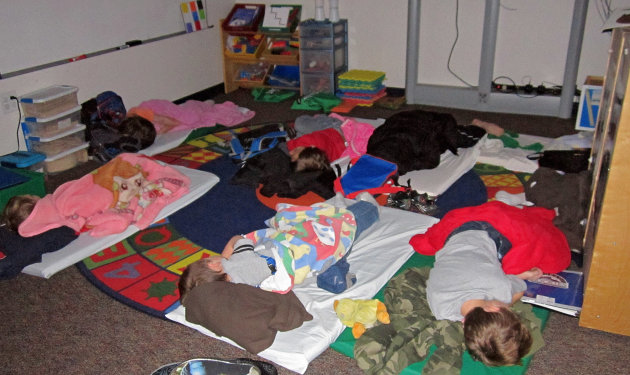






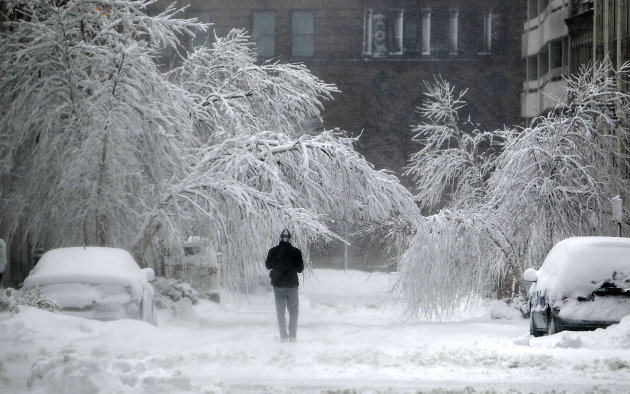


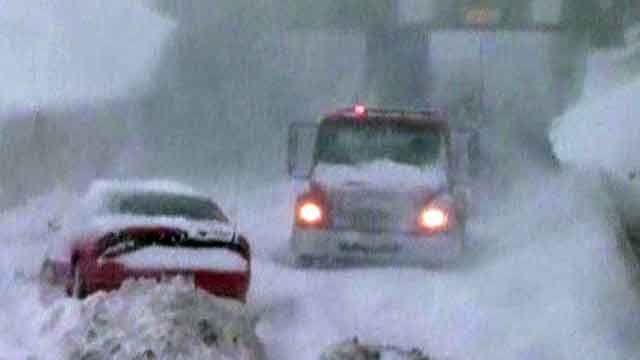


 Researchers have found that ice melt from glaciers and from the Greenland and Antarctic ice sheets is likely to be critically important to regional sea-level change in the equatorial Pacific ocean.
Researchers have found that ice melt from glaciers and from the Greenland and Antarctic ice sheets is likely to be critically important to regional sea-level change in the equatorial Pacific ocean.
